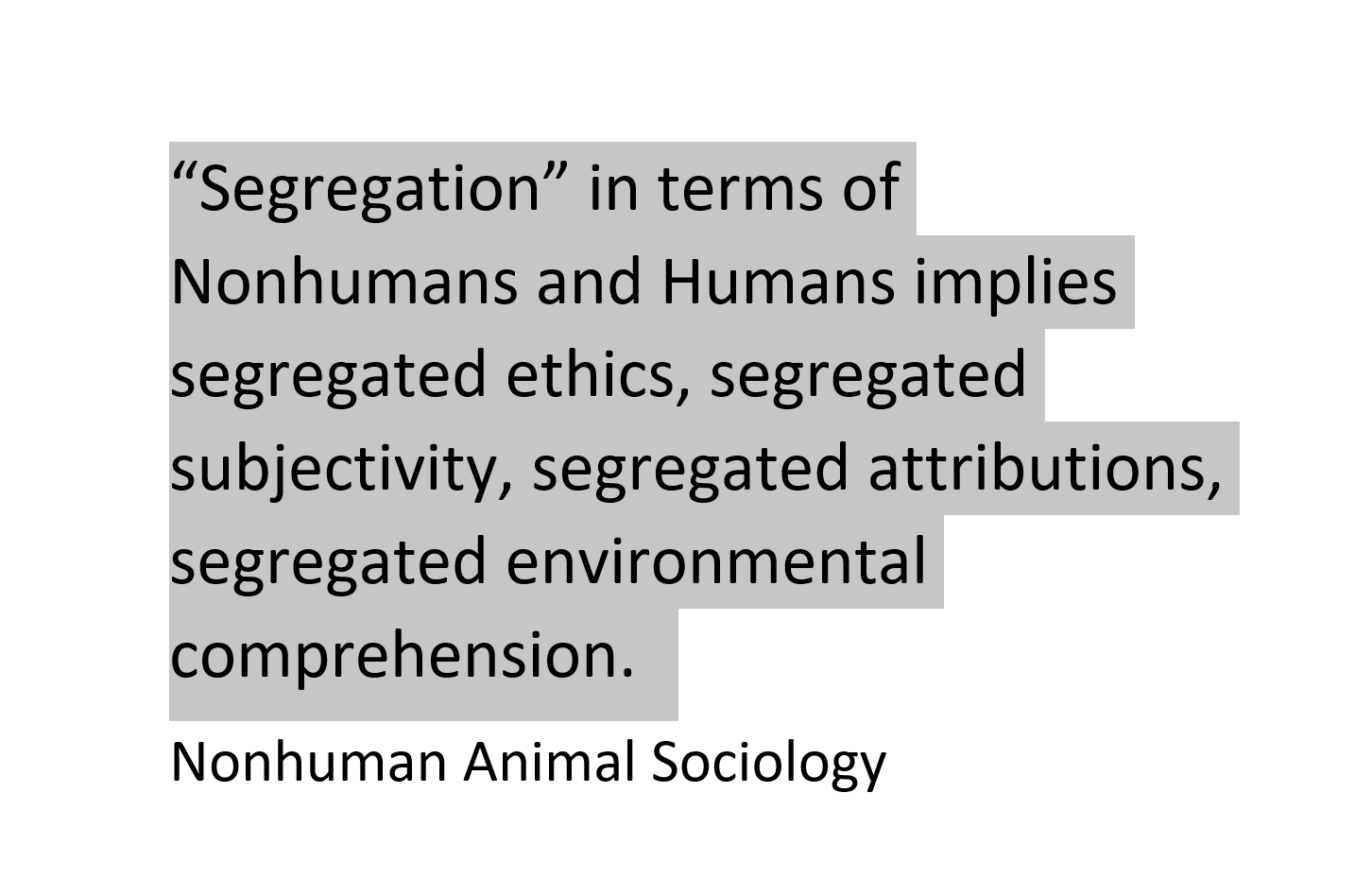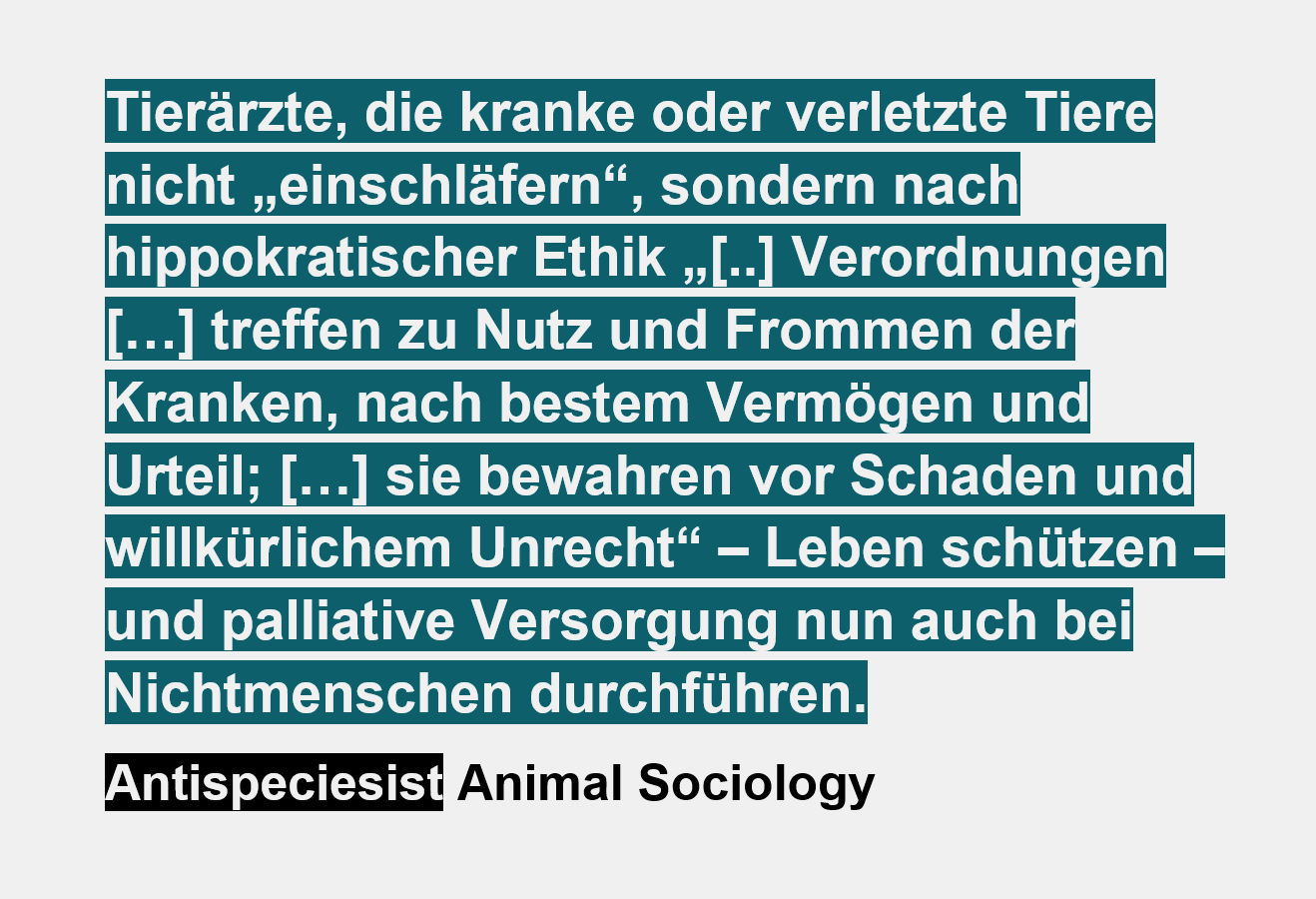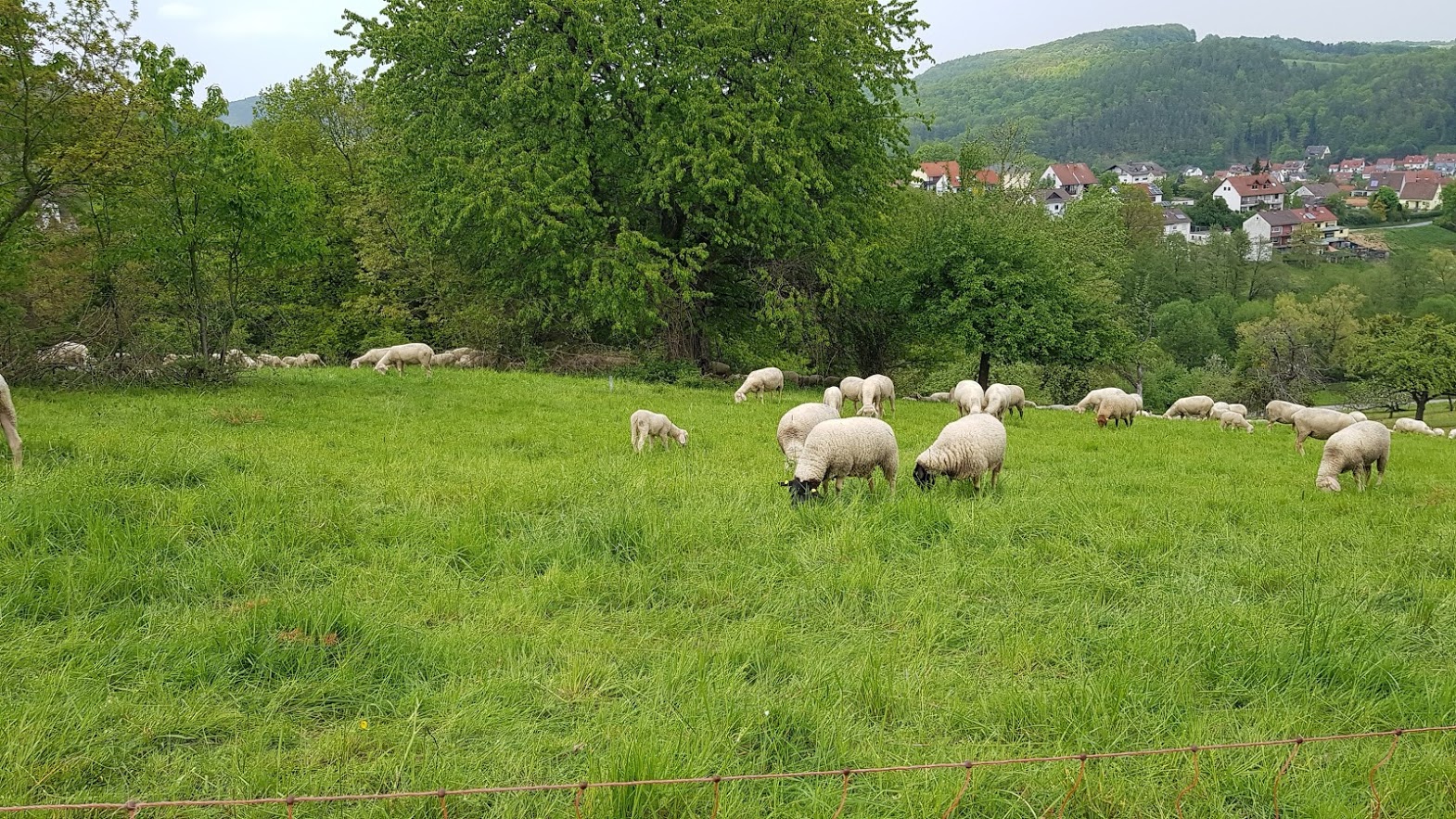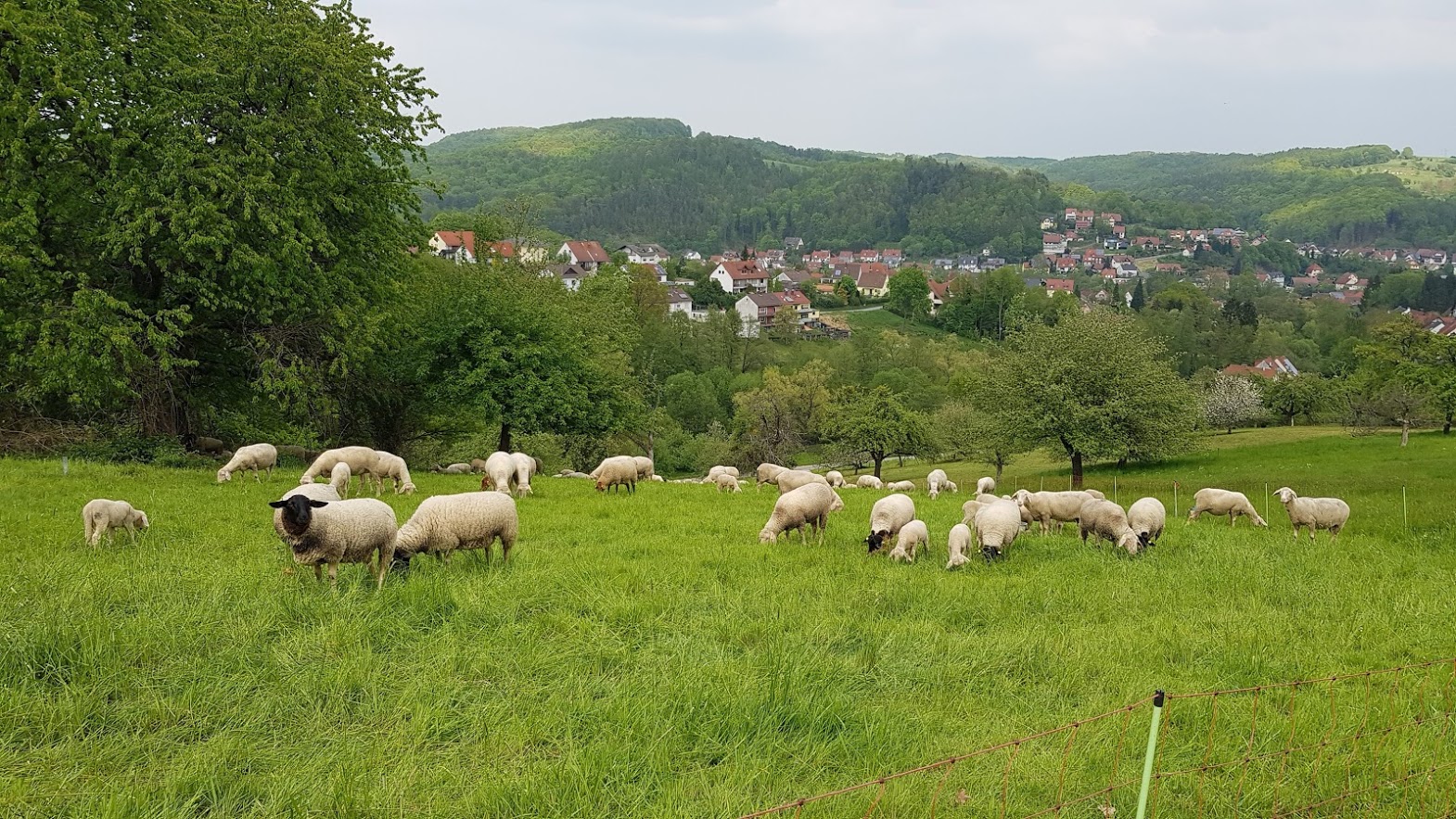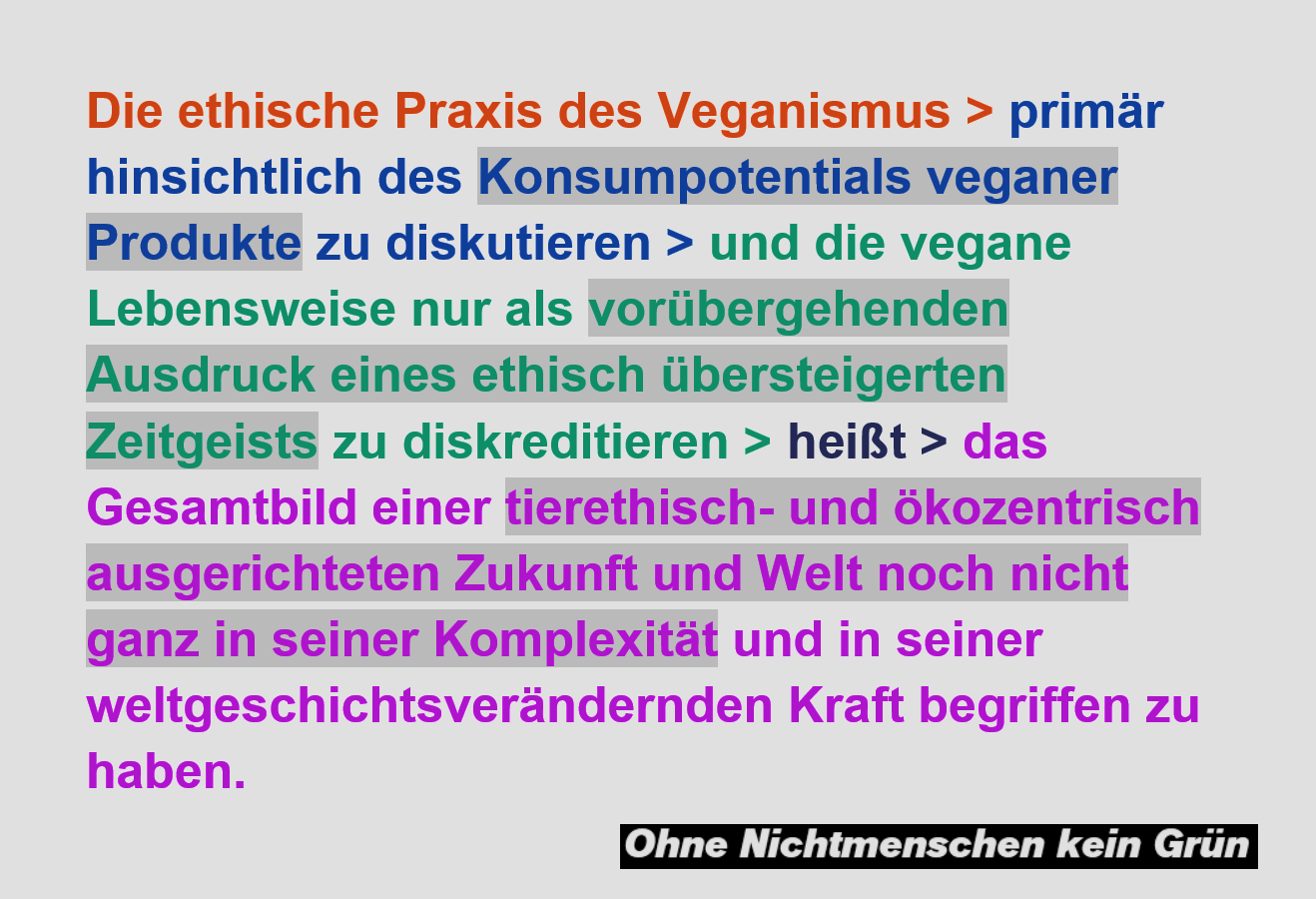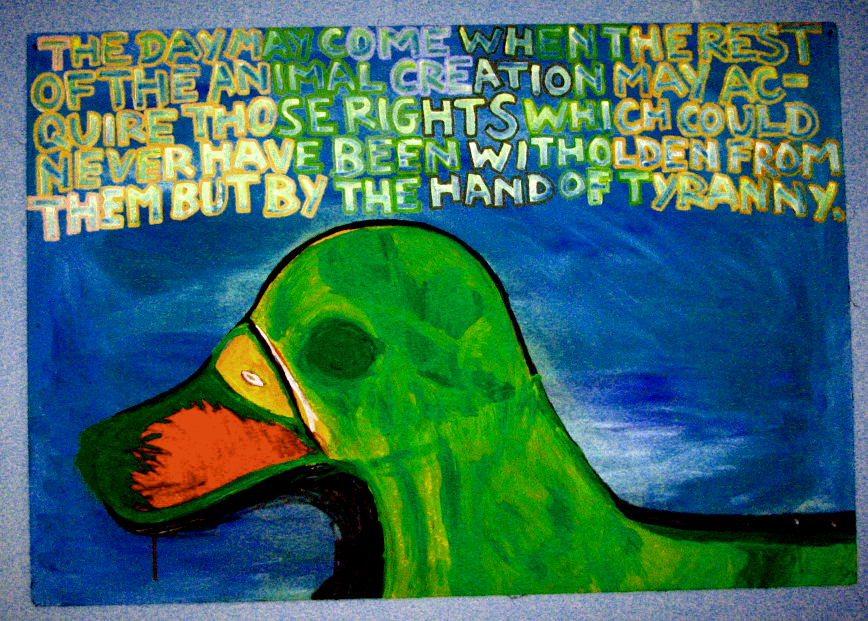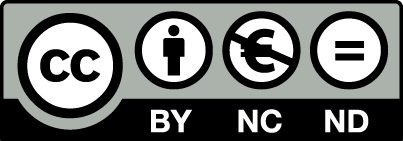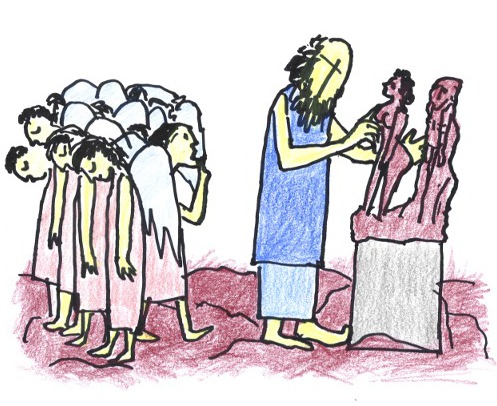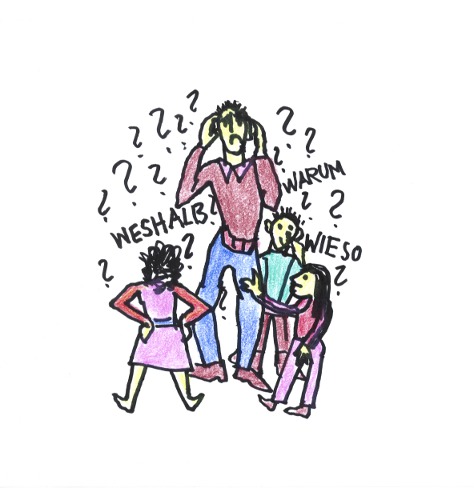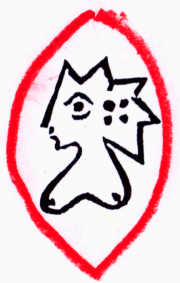In das Land der MITTAGSHITZE
bin ich schattenlos gesetzt
meine zarten Daunenflügel
sind versengt und ausgefallen
in groben Stricken eingenetzt
über Liebesglitzersteinen
fließen träge schwarze Fluten
tragen früh verblühte Rosen
jung vermählte Menschenpaare
Fallenstellers Beuteleichen
Dichterbücher eingefetzt
Mondenlied – ich wollt es singen
hat ein Sonnenblitz verletzt
Dieses Gedicht ist erschienen in der Edition Farangis im zweiten Band der dritten Lyrikreihe: Weltenrätselbaum, https://farangis.de/edition/dichtung-und-buchkunst/lyrik-3-farangis/




